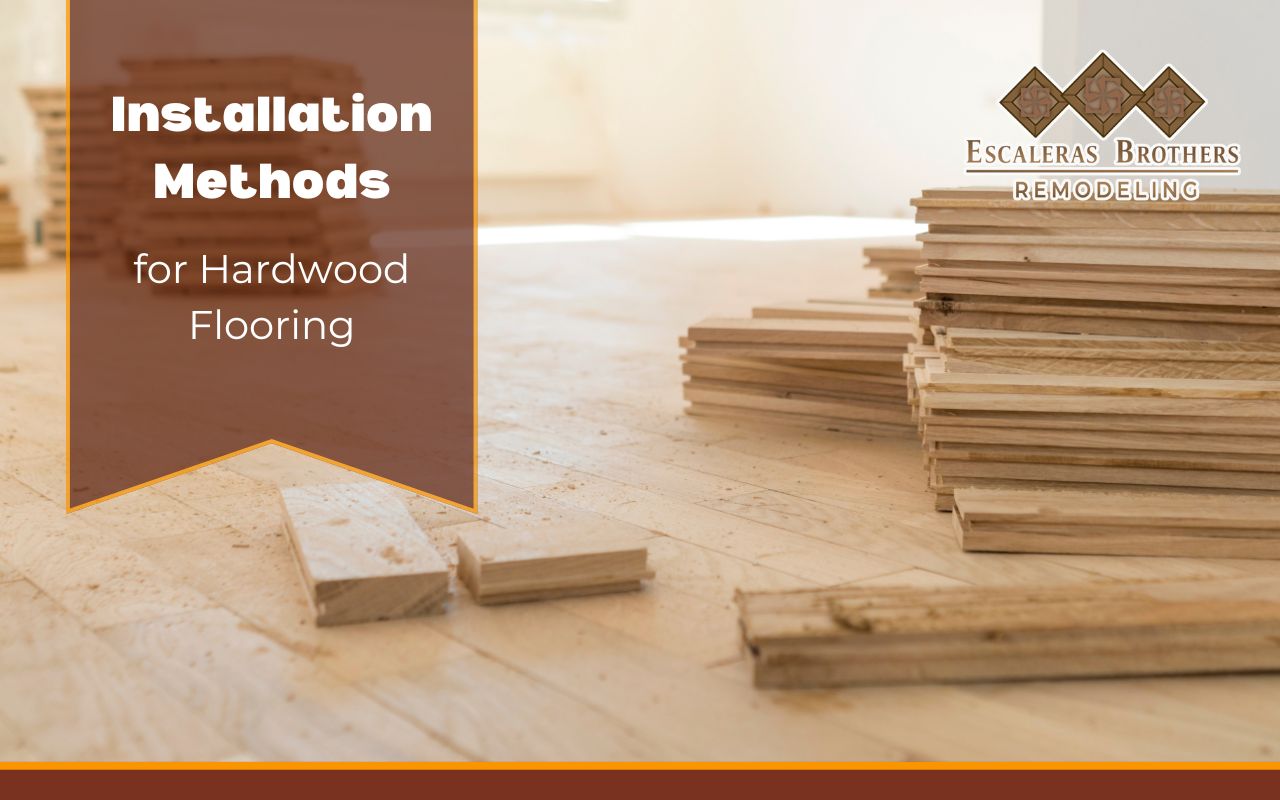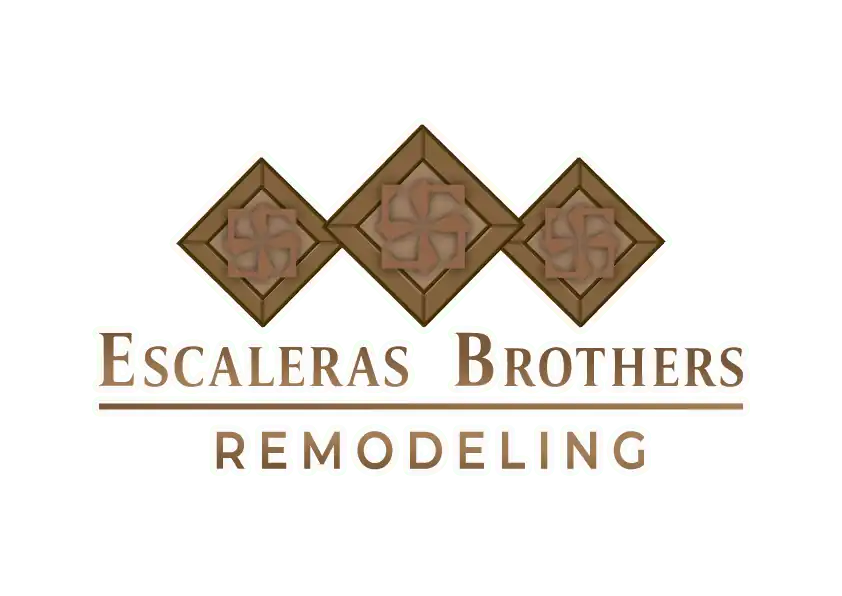
Selecting the best installation method for hardwood flooring is crucial to achieving a long-lasting, beautiful result. Each method has its own benefits and is suited for different types of wood, subfloors, and environments. In this post, we’ll cover popular hardwood installation methods, including nail-down, glue-down, and floating, so you can make an informed choice.
Understanding Different Hardwood Installation Methods
Each hardwood installation method offers distinct advantages, depending on your flooring type, home layout, and budget. Let’s break down the main methods to help you determine which is best for your needs.
Nail-Down Installation
Nail-down installation is one of the most traditional and durable methods for hardwood flooring. In this method, each plank is secured to the subfloor with nails or staples, creating a strong, stable connection. This method is commonly used with solid hardwood and is ideal for installations over wooden subfloors. The nail-down method offers excellent durability and is suitable for long-term installations. However, it requires specialized tools and experience, so professional installation is typically recommended. Nail-down floors are less likely to shift over time, making them a reliable choice for high-traffic areas.
Glue-Down Installation
Glue-down installation is often used for engineered hardwood, where planks are adhered directly to the subfloor with adhesive. This method is ideal for concrete subfloors or rooms on ground levels, such as basements. Glue-down installations provide a stable surface and can reduce noise, making them ideal for multi-level homes. While glue-down installation creates a strong bond, it can be challenging to remove or repair individual planks if needed. The method also requires careful adhesive application to ensure a smooth, level surface. Professionals often use this method in areas where sound insulation is important, as it minimizes noise transmission between floors.
Floating Installation
Floating installation, often used with click-lock engineered hardwood, involves connecting planks to each other rather than securing them to the subfloor. This method is versatile and can be used over a variety of subfloors, including concrete, tile, or even existing flooring. Floating floors are quick to install and ideal for DIY projects. One of the main benefits of floating floors is their flexibility; they expand and contract with changes in humidity, reducing the risk of buckling. However, floating floors may have a slight give underfoot and can be noisier than other installation methods without proper underlayment. Still, their ease of installation and adaptability make them a popular choice for homeowners.
Choosing the Right Installation Method for Your Home
Each installation method offers unique advantages, so choosing the right one depends on your flooring type, subfloor, and project requirements. Nail-down installation provides stability, glue-down works well on concrete, and floating offers flexibility. Selecting the appropriate method ensures that your hardwood floor looks beautiful and lasts for years.
Ready to Install Your New Hardwood Floors?
Contact us to learn more about our hardwood installation services and find the best method for your home. Our team can guide you in selecting the ideal approach for a beautiful, lasting result that enhances your space.

